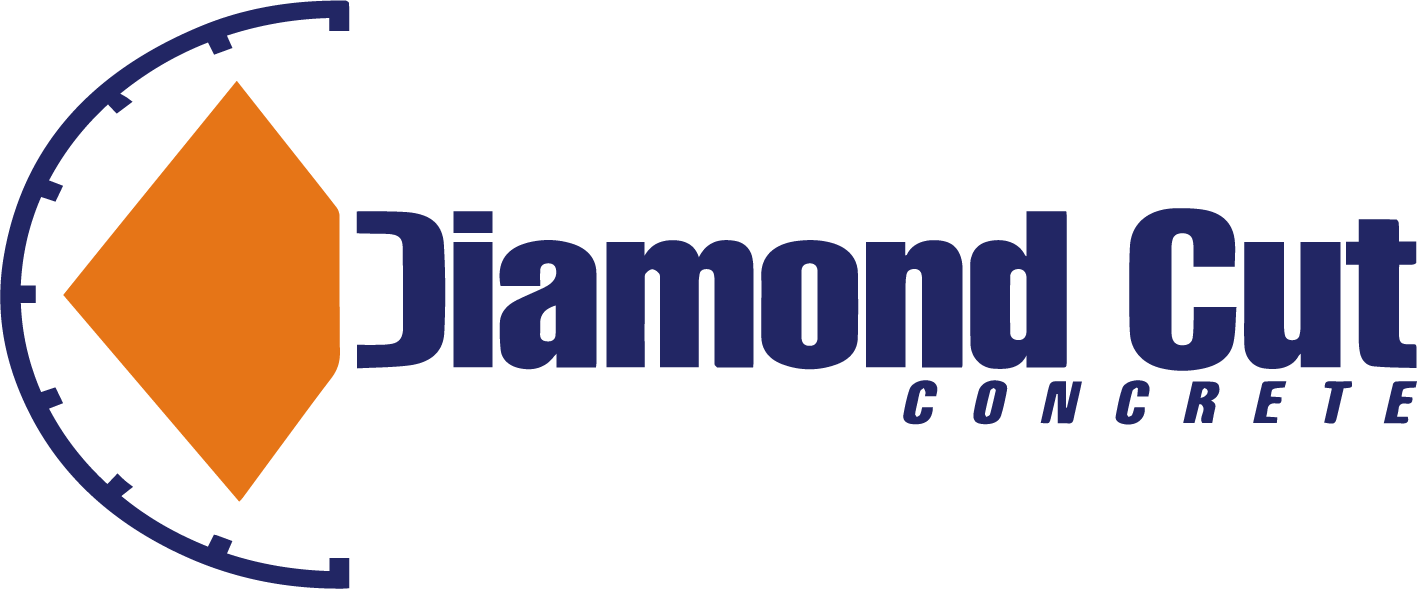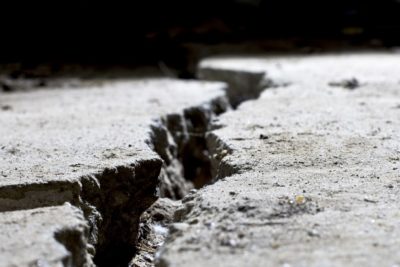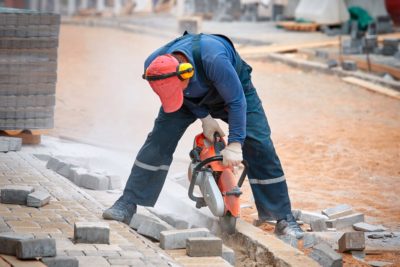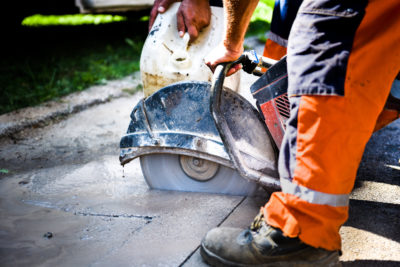Concrete scanning is a crucial step in cutting, demolishing or repairing concrete, as it helps contractors avoid costly mistakes while prioritising the safety of their workers. At Diamond Cut Concrete, we offer only the highest quality scanning services and are here to answer all your concrete-related questions!
How Does Concrete Scanning Work?
Concrete scanning, often referred to as a slab scan, can be summarised as a concrete X-ray. The process entails a machine sending radio waves through a slab of concrete. The radio waves bounce back to the device to be recorded as an image, similar to an X-ray process. The waves should bounce back simultaneously, which implies that differentiating radio wavelengths indicate potential hazards or discrepancies in the concrete.
GPR Scan
Another name for a slab scan is a Ground Penetrating Radar or GPR Scan. There are many benefits to a GPR Scan, which leads us to the following question.
Why Do We Scan Concrete?
Concrete scanning is used to highlight potential dangers to avoid mistakes and injury. Cutting into concrete is always risky. You might hit an electrical line or a hidden obstacle, which can be fatal to workers and detrimental to construction projects. Such an unforeseen incident may lead to work delays and costly emergency repairs.
Luckily, most project owners believe that a slab scan is a vital first step to ensuring safety on any sized project where cutting, coring or drilling into concrete are involved. Concrete images are the key to a successful construction project!
How is Concrete Scanning Good for Safety? Is GPR Scanning Safe?
Besides clearly identifying potential safety hazards, another advantage of GPR is its accessibility.
Since you can conduct a GPR scan on a single side of a concrete slab, one does not need to reach the other side as with an X-ray procedure. A slab scan is a much simpler process, enabling quick, safe concrete work. For example, clearing a drill area for anchor bolts in a concrete floor, where conduits and rebar may be, has never been easier!
You can also scan small areas using a hand-held device with a screen and antenna in a single unit, allowing technicians to move around spaces easily.
What Safety Precautions Should Be Followed When Working with Concrete?
Some basic safety precautions generally include wearing gloves and safety glasses during a concrete pour and having an eyewash station nearby.
Main Safety Hazards
Dry Concrete
Dry concrete may irritate the eyes, nose, and throat, as well as the skin. When someone has long-term exposure to this silica dust, it can result in skin cracking, lung damage, and cancer.
Safety Precautions
- Immediately flush your eyes out at the eyewash station after getting dust in your eyes.
- Always thoroughly wash your hands with soap and water to avoid skin damage after working with dry concrete.
- Always wear an N-95 respirator to decrease the inhalation of dust on a construction site.
- Eat or drink in dust-free areas to avoid ingesting any cement dust during your breaks.
Wet Concrete
When working with wet concrete, the risk of concrete dust decreases, but overexposure to wet concrete may also result in many adverse health effects.
Safety Precautions
- It’s important to wear alkali-resistant gloves, long sleeves and long pants, waterproof boots, and eye protection to keep your skin and eyes covered.
- Always keep extra gloves and safety glasses at hand on construction sites.
- Wet concrete contact can result in severe chemical burns. Should this happen, wash the contaminated skin areas with cold water and non-alkaline soap immediately to prevent severe skin damage.
- If wet concrete gets into your eyes, wash your eyes as soon as possible consider going to the hospital for further treatment.
Additional Precautions
Here are some other important precautions to take note of.
Protect Your Head
When on a construction site, you must wear the appropriate, approved hard hat, taking good care of it to ensure it functions at its optimal capacity. Note that sunlight and extreme heat may weaken your hard hat considerably. Never wear the hat when it has suffered damage, and make sure you avoid a hard steel hat, as this can conduct electricity.
Protect Your Ears
Noise-induced hearing loss is an extreme safety hazard for which there is no cure. To avoid damage, always wear earplugs on a construction site.
Protect Your Feet
Steel-toed safety boots are a construction site necessity. These boots protect your feet from falling objects, crushing hazards or punctures from sharp objects. Also, wear rubber boots when working with wet concrete.
Protect Your Back
Many construction workers have injured their backs on a project. Implementing simple safety habits, like keeping your back straight, knees bent, and the load close to your body when lifting to minimise strain, goes a long way in preventing injury. Always lift with your legs, not your back and don’t ever twist your body when carrying a load. When a load is too heavy, rather ask for help.
Hazard Communication
You should always inform employees of all potential risks, and the warning signs must be present on construction sites. For this reason, GPR Scanning is helpful to concrete contractors as it aids the safety of the construction site.
How Does Concrete Scanning Achieve Targets?
Since ground scanning transmits harmless electromagnetic waves into the ground or structure to analyse the reflected energy, creating a profile of the subsurface features, it can detect potentially hazardous components deep below the concrete slab’s surface. It provides information on the concrete condition, like a deterioration in reinforcement and more. In a nutshell? It helps prevent any catastrophic project disasters and subsequent delays!
Concrete Scanning Services
At Diamond Cut Concrete, we ensure that our expert operators meet all the Australian training standards outlined by the Concrete Sawing and Drilling Association of Australia to keep our workers and worksites safe.
Our code of practice also extends to the equipment we use. All equipment is in exceptional condition, regularly maintained and repaired, and is thoroughly inspected and tested before being used on site.
Contact us today for all your concrete scanning questions answered!



